Leveling your RV might seem like just a comfort issue, but it plays a bigger role than you might expect when it comes to maintaining your fridge. Absorption refrigerators, which are common in RVs, need to be level to work correctly. An unlevel setup will undermine the cooling performance while also potentially damaging the appliance over time.
To help you fully understand this connection, we’ll explore the basics on how RV leveling impacts fridge function, as well as some other important info you should know about. This will help you make sure you get the most out of your RV fridge.
What Does Leveling Your RV Have to Do with Fridge Function?
Absorption refrigerators function differently from most household fridges. This is because they use a combination of heat, ammonia, water, and hydrogen gas to create a cooling effect. Instead of using a compressor like traditional refrigerators, they rely on gravity to move the ammonia-based refrigerant through a series of chambers and tubes.
If your RV isn’t level, the refrigerant won’t be able to flow properly. This imbalance disrupts the cooling cycle, leading to several potential issues:
- Inefficient Cooling: When the refrigerant is unable to circulate as intended, your fridge’s internal temperature may rise. You might notice that some areas of the fridge cool while others don’t, resulting in spoiled food and beverages.
- Potential Damage to the Cooling Unit:A significant risk is that the refrigerant could pool in areas where it shouldn’t. Over time, this can cause blockages or even lead to damage that requires costly repairs.
- Shortened Lifespan:Running an unlevel fridge for long periods can strain the cooling system. This excessive wear can significantly reduce the lifespan of your appliance, turning a manageable issue into something more significant.
Signs Your RV Fridge Isn’t Level
In extreme cases, it’ll be obvious that your fridge isn’t level because you’ll notice the unevenness of your RV as you walk through it. In more subtle cases, though, you might not even notice that your refrigerator is uneven. That’s why it’s crucial to recognize the signs of a leveling issue before it creates a bigger problem.
For example, if you notice that your fridge isn’t cooling food consistently and adequately, this could be an indicator of an uneven operating surface. You might also notice that certain areas inside the refrigerator are cold, while others seem to stay warm, which can signal a problem with refrigerant circulation.
Another red flag is unusual noises coming from the fridge. Sounds such as bubbling, gurgling, or other strange noises often occur when the liquid refrigerant is unable to flow through the system properly. These noises might start off subtle, but that doesn’t mean you should ignore them.
Something else worth knowing about is that if a fridge that has failed to maintain level operation, it may turn off unexpectedly or require excessive energy to keep running. These signs indicate that the appliance is struggling and likely needs attention.

How to Properly Level Your RV
Knowing the causes and symptoms of improper leveling on an RV fridge’s function is only part of the battle. You also need to know how to fix it. So if you want to reduce the risk of fridge failure and ensure smooth operation, learning how to level your RV correctly is a must. Here’s a quick step-by-step guide:
Step 1: Park on Flat Ground
Ideally, you’ll want to start by choosing the flattest spot available for parking your RV. While perfect flatness isn’t always achievable, selecting a relatively level surface minimizes the adjustments you’ll need to make later.
Step 2: Check the Level
Using a bubble level or a leveling app on your smartphone, determine whether your RV sits evenly front-to-back and side-to-side. For a more thorough check, place the bubble level on top of or inside of your fridge to make extra sure that it’s level.
Step 3: Use Leveling Blocks
If your rig isn’t level, introduce leveling blocks under the low-side wheels. These are lightweight, easy-to-stack blocks that enable you to raise specific areas to achieve balance. Drive onto the blocks slowly, and re-check the level afterward to confirm adjustments.
Step 4: Fine-Tune with Stabilizing Jacks
Once the wheels are on leveling blocks and you’re satisfied with the balance, deploy stabilizing jacks for additional support. Once everything is level, use Anderson RV jack blocksto keep your RV level. These will help keep the RV as steady as possible, especially if you plan to be there for an extended period.
Step 5: Double-Check the Setup
Before settling in, take one last measurement with your leveling tool to ensure the adjustments worked. Pay particular attention to the refrigerator, as even slight angles can affect its performance.
Modern RV Fridges vs. Older Models
While the principle of leveling applies to all absorption refrigerators, the way modern and older models handle uneven setups varies significantly. That’s why it’s worth learning about how each one is affected by this issue.
Thanks to modern advancements, many newer RV refrigerators are designed with improved tolerance for slight unevenness. While older models often required precise leveling to avoid overheating, blockages, or breakage, newer models have some leeway. For example, many can still run effectively even with a tilt of up to three or four degrees. Despite this flexibility, however, they are not immune to the long-term risks of being unlevel, such as gradual performance decline or increased wear on internal components.
One of the strengths of modern units is their efficiency. Advances in insulation and cooling technology mean that they’re better at maintaining temperature even in less-than-optimal conditions. Still, maintenance remains key. Regular cleaning of vents, ensuring tight seals, and checking the cooling unit’s health can help maintain your fridge’s functionality over time.
Older models, by contrast, lack the improved design features seen in today’s refrigerators. They are more susceptible to operational issues caused by imbalances, making it particularly important to ensure precise leveling each time you set up camp. Users of older units often find themselves relying more heavily on manual leveling techniques and spending extra time fine-tuning their RV’s positioning. It might be worth looking into an upgrade if you don’t want to focus on this as much.

Tips for Uneven Terrains
If you frequently camp in areas with uneven ground, there are some things you might want to consider. First is investing in automatic leveling systems. These high-tech solutions use hydraulic or mechanical mechanisms to adjust the RV at the press of a button, ensuring an accurate setup on any surface. General portable leveling tools are another handy item to keep onboard, allowing you to make quick corrections at remote sites.
You could also look into compressor-based refrigerators if you have too much trouble keeping things level. Since they operate entirely differently from a mechanical standpoint, they don’t rely on being level to function. Even though they tend to consume more energy, it might be a worthwhile tradeoff. As long as you follow the tips laid out in this post, uneven RVs should be the least of your worries.


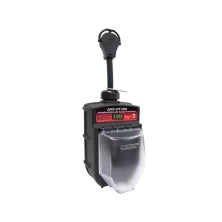
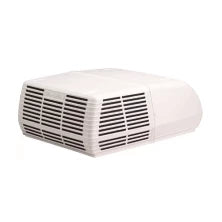
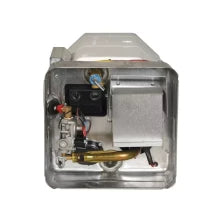
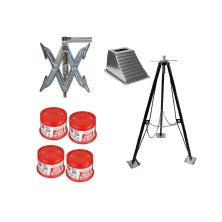
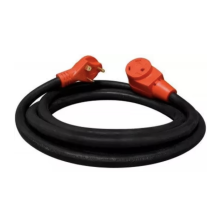
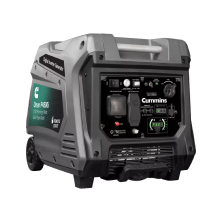
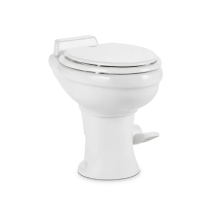
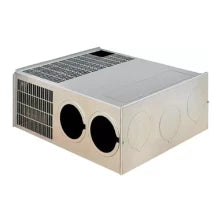
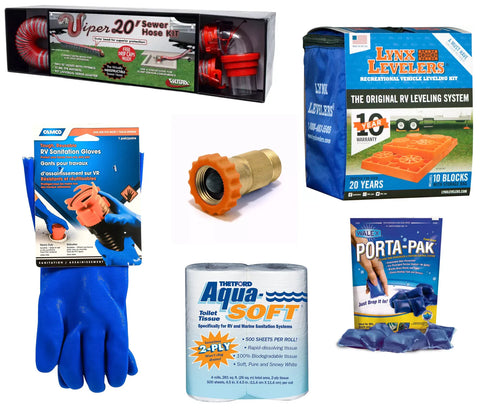

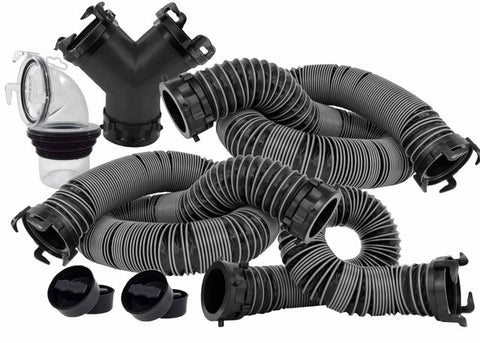

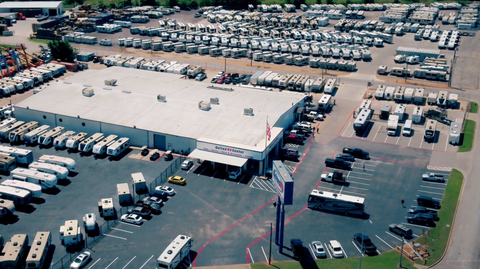
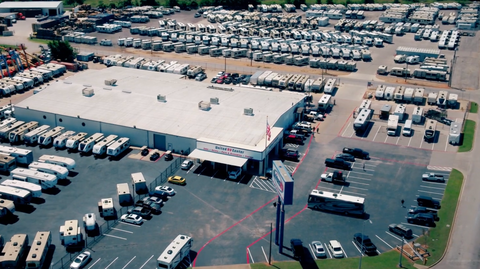
Comments (0)
There are no comments for this article. Be the first one to leave a message!